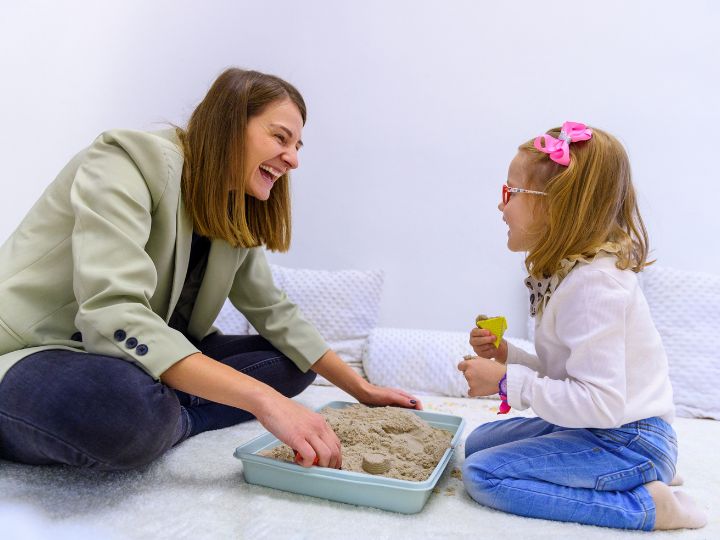Right Now
Helping Toddlers Thrive with Occupational Therapy Support
Watching your toddler struggle with everyday tasks can be heartbreaking. Whether it's trouble walking, holding a spoon, or playing with other children, developmental delays are often a sign that something more might be going on. One common yet often overlooked condition is dyspraxia, a motor skills disorder that affects coordination and movement planning. Identifying the signs early and seeking occupational therapy support can help your little one thrive in their early years and beyond.
Understanding Dyspraxia in Toddlers
Dyspraxia, also known as Developmental Coordination Disorder (DCD), affects how the brain processes information, leading to physical movement and motor planning challenges. In toddlers, it might manifest as clumsiness, delayed milestones like crawling or walking, or difficulty with fine motor skills such as stacking blocks or scribbling with crayons.
Occupational therapists are trained to recognise these signs and work with families to support skill development through play-based and structured activities. With early intervention, children can build the strength, coordination, and confidence they need to participate fully in daily life.
Signs to Watch For
Every child develops at their own pace, but signs suggest your toddler could benefit from occupational therapy. If your child avoids playground equipment, struggles to climb stairs, or finds it hard to hold a cup or utensil, these could be early indicators of dyspraxia.
Other signs include:
- Frequent falling or bumping into objects
- Difficulty following multi-step instructions
- Trouble with hand-eye coordination
- Frustration with tasks that seem simple for other children
If these behaviours sound familiar, consulting a professional for an evaluation may provide much-needed clarity and guidance.
How Occupational Therapy Helps
Occupational therapy uses fun, hands-on activities to improve strength, balance, and motor planning. For toddlers with developmental coordination issues, sessions are often play-based to keep children engaged while targeting specific challenges. These may include:
- Balance and posture exercises
- Activities to improve hand and finger strength
- Tasks that develop spatial awareness
- Tools and strategies to enhance focus and attention
Therapy can significantly impact toddlers living with dyspraxia's day—to—day lives, helping them build independence and achieve key developmental milestones with confidence.
The Importance of Early Intervention
The sooner a child with dyspraxia receives support, the better their chances of overcoming developmental challenges. Early therapy can prevent minor delays from becoming long-term struggles. It also reduces the frustration that can arise when toddlers are unable to express their needs or interact comfortably with peers.
Occupational therapy equips children and parents with strategies that extend beyond the clinic. Therapists work closely with families to implement practical routines and activities at home, ensuring daily progress.
Supporting Social and Emotional Development
Children with motor difficulties often experience low self-esteem due to repeated failures or feeling "different" from other kids. Occupational therapy focuses on physical skills and supports emotional well-being by creating achievable goals and celebrating small wins.
Through guided play, group activities, and therapist-led interaction, toddlers develop the social confidence they need to engage with the world around them. For a child with dyspraxia, these positive experiences can lay the groundwork for lifelong learning and connection.
Final Thought
Every toddler deserves the chance to explore, play, and grow confidently. If you notice your child struggling with coordination or basic motor skills, don’t wait—early support can make all the difference. Occupational therapy offers personalised, gentle, and practical strategies to help your toddler overcome the challenges of dyspraxia. With the proper guidance, your little one can thrive, reaching their full potential one milestone at a time.
More Posts
















Report This Post
Please complete the following requested information to flag this post and report abuse, or offensive content. Your report will be reviewed within 24 hours. We will take appropriate action as described in Findit terms of use.






